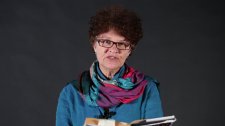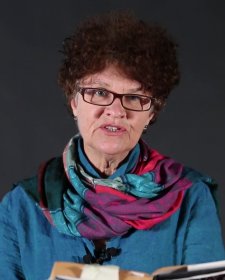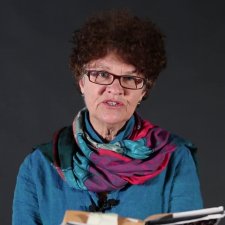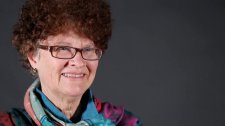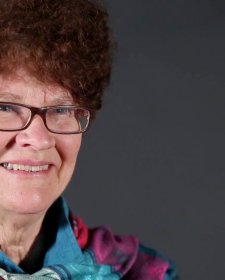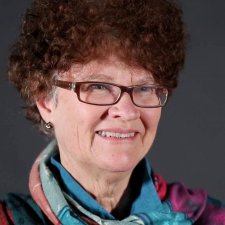At school I was no good at anything else. I went into my own head, I think, in a way. I was a voracious reader and a voracious writer from a very early age. I always knew I was going to be a writer, I never thought I would make a living at it. I didn’t think there was such a thing as a career writer. And I was very lucky; I got a job at a place called Film Australia which made documentary films and I became a not particularly good editor, a film editor. So basically, somebody would go out and shoot miles and miles of footage and you would have to find the story in the footage, rather than come to it with a preordained set of stories. So, in learning how to be an editor, I actually learnt how to be a storyteller. And I learnt to trust that if you produce enough fragments and if those fragments are interesting in themselves, eventually by jig sawing them together in one hundred different ways, you will arrive at a story.
I usually begin with something I don’t understand. To me, writing is an exploration into your own interior and into the interior of the world that you live in. And so, it’s much more interesting to start with a question than to start with an answer. Because that fuels the writing, writing a novel is a long, hard, often kind of boring process. There has to be a very powerful engine to get you at that desk every day. And one of the most powerful engines is curiosity, the need to understand something that you don’t understand. So, with The Secret River I began with that question, what actually lay behind that phrase ‘took up land’? What was it actually like, not in generalities but in specifics, the first day that someone stepped on Aboriginal land and said, ‘This is mine’ – what was that like?
And so what I ended up with at the end of a couple of years was a mass of research and a lot of bits and pieces of writing, not unlike making a documentary film. So, as I had with the films, I then started to shuffle them around until I could see some kind of narrative sequence. And that’s basically how I write most of my books – in ignorance, fear and despair, often despair.
